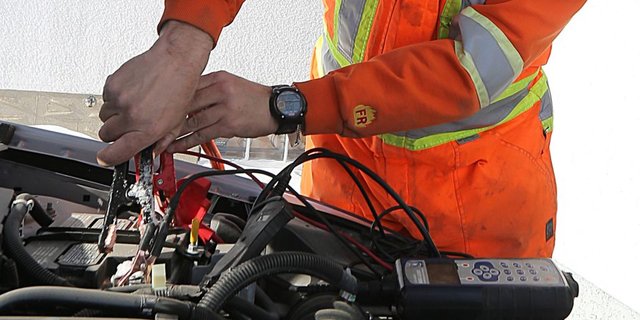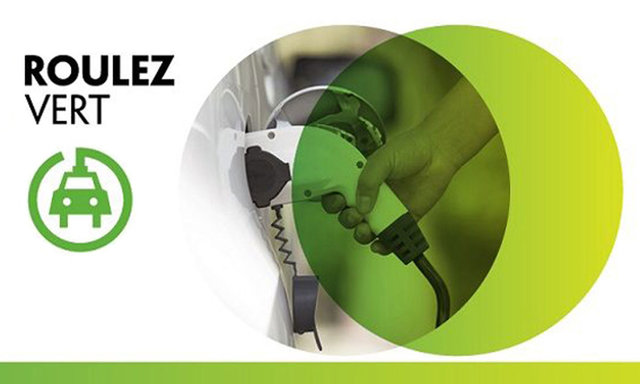With so many electrics and computers in modern cars, there are many things that can drain – or destroy – your car's battery
While many of us are shy about tackling anything under the hoods of our vehicles, save topping up the washer fluid, swapping out a defunct battery is still a common DIY chore. But more than a few hardy driveway techs have found out the hard way that a click-click-click when the key is turned doesn’t always mean a new battery is needed.
Batteries can certainly fail on their own, with the average lifespan of a Canadian daily driver’s power unit being around the four- to five-year mark. And to be certain that the battery is at fault, versus the charging unit (alternator), or wiring, or something else, you need a good electrical tester and some skill/knowledge. But there are a few hints the vehicle itself will provide to guide you in the right direction.
If a vehicle starts fine and then the engine dies out while driving and you’re only rewarded with the click-click-click when you try to restart it, chances are it wasn’t the battery’s fault. When an alternator fails on a relatively modern fuel-injected vehicle, the engine won’t shut down until the battery is drained of power (primarily from the fuel pump and injectors). Usually a warning light will come on before the stall out, but it’s not always noticed. And of course, when the engine does finally conk out, all the warning lights come on, adding to the mystery. If you have a simple electrical multimeter, the voltage reading at the battery posts should be around the 14-volt mark for most vehicles with the engine running. If it’s substantially lower, replacing the battery won’t solve things.
If you head out on a frosty winter morning and the battery won’t bring your ride to life, check it carefully before digging out the booster cables. If the sides are bulged out in any way, the electrolyte (fluid) inside is likely frozen and boosting a frozen battery isn’t a safe idea. Avoid the temptation to try and thaw out a frozen battery; if the sides are bulged then the inner cells will be damaged as well.
What once was a rare occurrence in the realm of dead batteries is gaining popularity; parasitic draws. This describes a condition where something in the vehicle is draining the battery with everything shut down and the doors closed. With the multitude of computers on today’s rides, along with radios needing to keep memory, there’s always some type of drain on the battery when the chariot is at rest. It’s usually minimal, but things can go wrong and increase it to the point it will kill a battery overnight. Chasing down a draw like this is best left to the pros. One new twist is the increasing use of data collector devices that insurance firms supply to car owners. These little units that plug into the vehicle’s diagnostic port under the dash will keep a number of computers active after the engine is shut off rather than letting them go to ‘sleep’. Leave the vehicle parked long enough (one to two weeks on average) and you’ll have a dead battery.
One final thought, if you’re going to disconnect a vehicle battery, check your radio’s anti-theft system instructions in the owner’s manual first. If you don’t take the proper steps, you can find your radio locked up until a security code can be obtained and entered.






